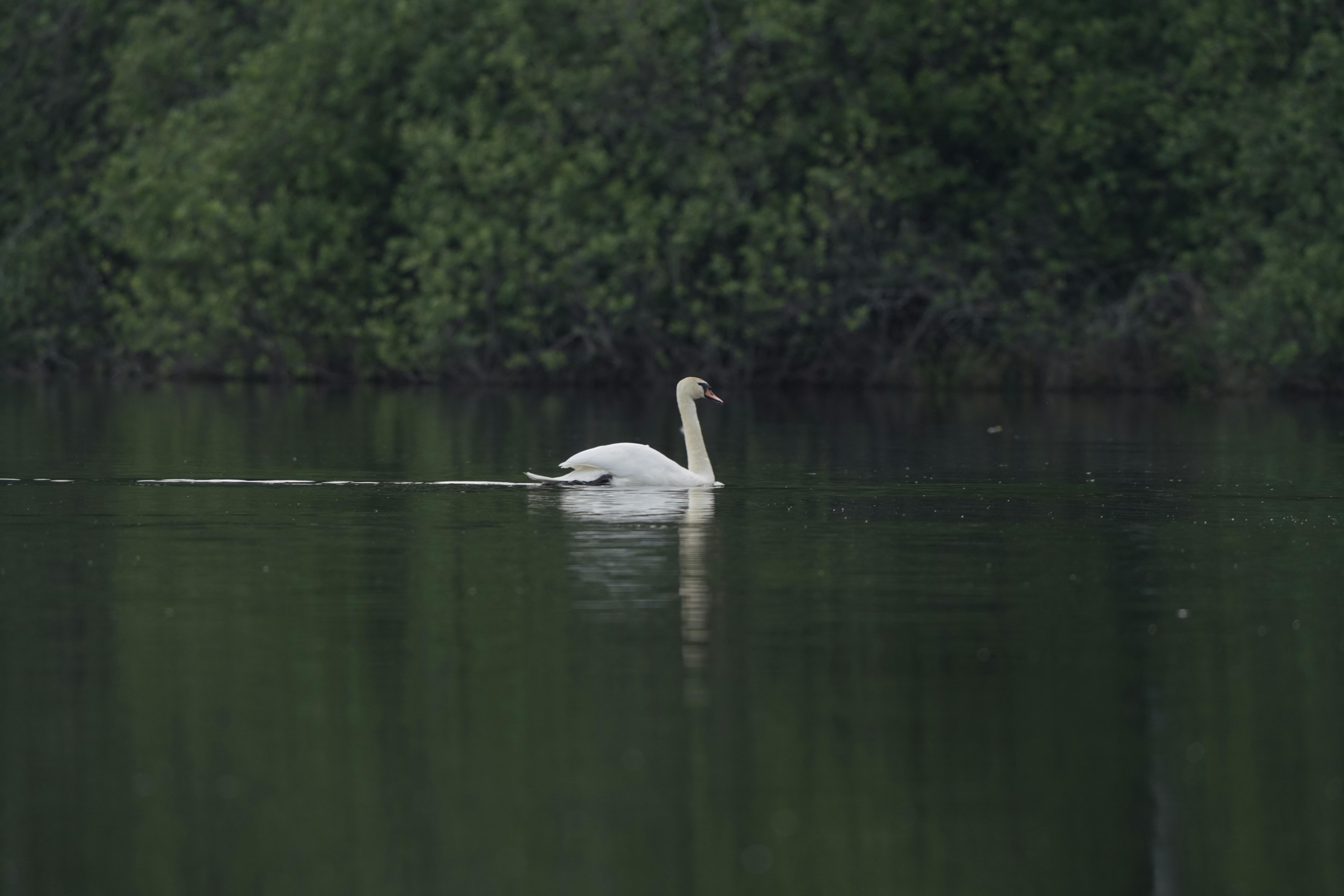Essential Guide to Amano Shrimp Care in 2025: Discover Proven Tips

Essential Guide to Amano Shrimp Care in 2025
Amano shrimp are popular choices for freshwater aquariums due to their algae-eating capabilities and vibrant colors. However, caring for amano shrimp involves specific knowledge of their habitat needs, breeding habits, and dietary requirements. This essential guide aims to provide you with proven tips to ensure a thriving aquarium environment for your amano shrimp. We will cover everything from setup to health issues and best practices for keeping these fascinating creatures healthy.
Understanding the unique requirements of amano shrimp will help ensure their longevity and vibrancy. By the end of this article, you’ll have the knowledge needed to create the perfect amano shrimp habitat, select compatible tank mates, and manage their health effectively. Key takeaways include:
- Optimal tank setup and water conditions
- Feeding and diet essentials for amano shrimp
- Breeding techniques and care tips
- Common health issues and troubleshooting
Setting Up an Amano Shrimp Aquarium
Building the perfect habitat for your amano shrimp is the first step towards successful care. The ideal amano shrimp tank setup includes appropriate tank size, filtration, heating, and aquascaping elements.
Tank Size and Equipment
The recommended tank size for amano shrimp is at least 10 gallons. Larger tanks provide stability in water parameters and more space for them to thrive. Use a sponge filter to avoid harming the tiny shrimp while maintaining water quality. A good filtration system is crucial to oxygenate the water and keep it clean.
Water Conditions
Amano shrimp thrive in soft, slightly acidic to neutral water. The ideal water parameters should include a pH of 6.5 to 7.5, a temperature range of 70-80°F, and low levels of ammonia and nitrites. Regular testing of water quality is vital to maintain a healthy environment. You can use a water testing kit to measure these parameters regularly.
Tank Decoration and Plants
Adding decorations and live plants enhances the habitat for your amano shrimp. Choose smooth rocks, driftwood, and live plants like Java moss and Anubias, which provide hiding spots and help maintain water quality. Avoid sharp objects that could injure them. Amano shrimp enjoy grazing on algae found on plants, encouraging a balanced ecosystem.
With the tank setup in place, the next step involves understanding amano shrimp behavior and how to properly maintain their environment.
Amano Shrimp Behavior and Diet
Amano shrimp are active and social creatures, often found exploring their surroundings. Their behavior can provide insights into their health and stress levels. Observing their feeding habits is particularly important for identifying any concerns.
Feeding Amano Shrimp
When it comes to feeding amano shrimp, a well-balanced diet is crucial. They are algae eaters, but they also require a variety of foods to thrive. High-quality shrimp pellets, blanched vegetables, and specially formulated shrimp food are excellent options. Establish a feeding schedule, offering food once or twice a day, ensuring leftovers are removed to maintain water quality.
Observing Health and Behavior
Healthy amano shrimp exhibit active swimming, consistent foraging, and regular molting. Watch for any changes in behavior, such as lethargy or loss of color, which could indicate health problems. Regularly check their health for signs of diseases or parasites, particularly after stressful events like tank maintenance.
The Molting Process
The molting process is a natural occurrence for shrimp, allowing them to grow. You can expect them to change their exoskeleton approximately every 1-2 months, depending on their age and environmental conditions. Provide adequate calcium in their diet to ensure healthy shell growth during this time.
Understanding the behavior and dietary needs of your amano shrimp sets the stage for effective breeding techniques.
Breeding Amano Shrimp in Captivity
Breeding amano shrimp can be a rewarding part of keeping them, though it presents unique challenges. Here, we delve into how to facilitate their breeding and care for their offspring.
Amano Shrimp Breeding Setup
To successfully breed amano shrimp, set up a dedicated breeding tank. This will help minimize stress and environmental fluctuations. Use the same water parameters as their main habitat, and create plenty of hiding spots using plants and decorations.
Distinguishing Males from Females
Identifying male and female amano shrimp is essential for breeding. Typically, females are larger and often develop a saddle-like structure on their back when they are ready to breed. Males are usually smaller and more slender. Having a ratio of one male to two or three females improves the chances of successful breeding.
Life Cycle of Amano Shrimp
The life cycle of amano shrimp includes several stages: egg, larvae, and juvenile shrimp. After fertilization, females carry fertilized eggs under their abdomen. Once hatched, larvae require brackish water to survive before transitioning back to freshwater. Understanding this cycle is crucial for successful breeding and care.
This knowledge of breeding practices leads us to common health issues faced by amano shrimp and how to prevent them.
```